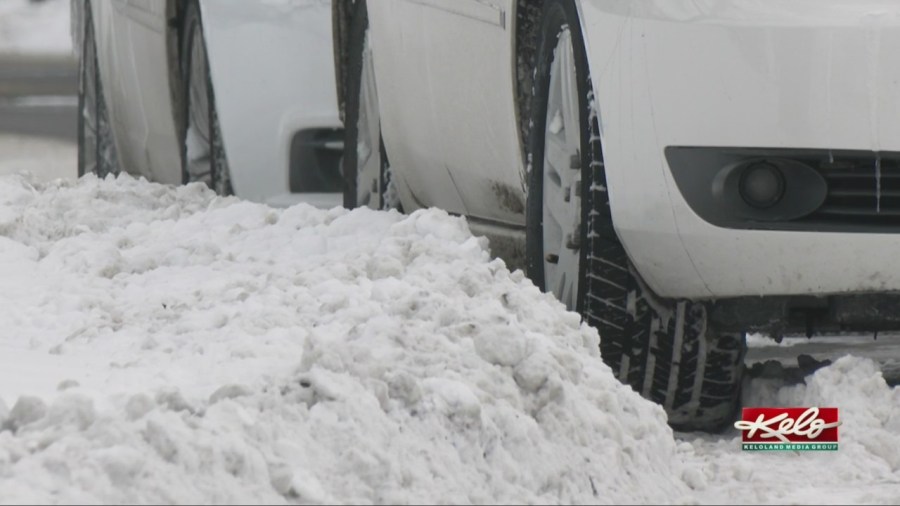SIOUX FALLS, S.D. (KELO) — The kind of cold we get in KELOLAND at winter’s worst is not something to scoff at, and it requires a good amount of planning and preparation to make sure all your bases are covered. The same rules apply to your car. From making sure your battery is charged to having a full tank of gas, there are several things to do when cold weather is in the forecast. One other thing is checking your tire pressure, and there’s some science behind why.
Pitbull to headline Lallycooler Music Festival
Cold air is denser than warm air, so when the air in your tires gets cold it contracts. Typically, you’ll lose one to two PSI for every ten degrees that the temperature drops. Though that doesn’t sound like a lot, it adds up when the temperature goes into a free fall.
Conversely, when you drive your car, your tires…and by extension the air in it…warm up. So, pressure increases once again.
It’s important to make sure that your tires are properly inflated at all times. Under-inflated tires can lead to a host of problems, including less efficient fuel economy, decreased handling and traction, and blowouts while you’re driving. You also don’t want to over-inflate to compensate for the cold, since that can lead to its own list of issues when the tires warm up.



